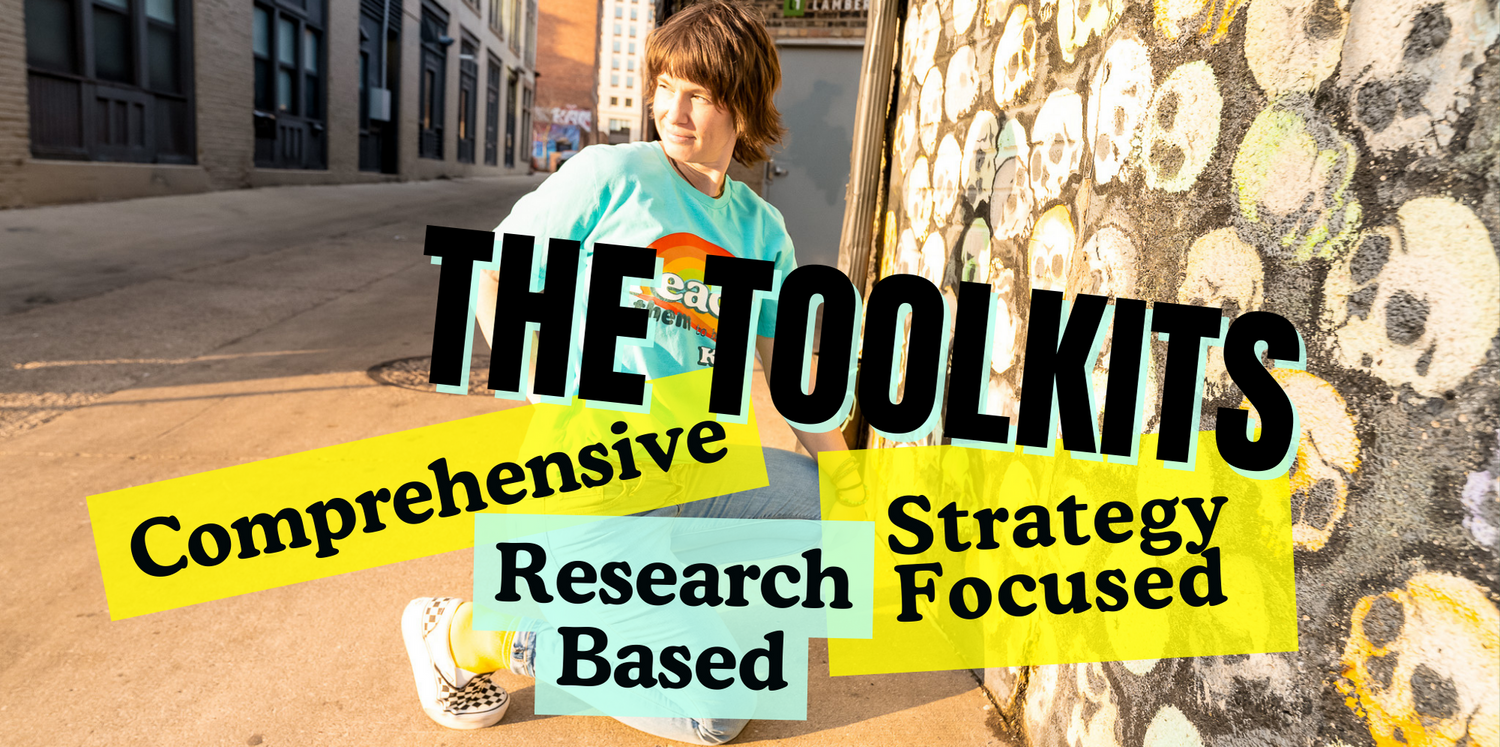
Part 3: How to Build Real Autonomy to Hook Students Without Chaos
Share
You’ve hooked them with a compelling open.
You’ve let them drive the inquiry with their own questions.
And now? It’s time to give them space to take ownership.
But here’s the thing:
Giving students freedom without structure doesn’t build autonomy.
It builds confusion. Frustration. Chaos.
And suddenly you’re in survival mode again, thinking:
“I gave them choices—why aren’t they engaged?”
Here’s the secret:
Real autonomy isn’t about handing over the steering wheel.
It’s about showing students how to drive.
🧠 What the Brain Needs to Feel Autonomy
From a motivation standpoint, autonomy isn’t just about doing what you want.
It’s about having agency—the sense that “my actions matter and I’m in control of how I learn.”
When students feel autonomous, they’re more likely to:
-
Take risks
-
Persevere through difficulty
-
Regulate their own behavior
-
Experience deeper satisfaction and intrinsic motivation
But when autonomy is unstructured?
Students—especially those who are neurodivergent, anxious, or trauma-impacted—can shut down. Too many choices = too much cognitive load.
So, if we want students to thrive, the goal isn’t total freedom. It’s structured autonomy—a balance of choice and guidance that communicates:
“You have a say in how this goes, and I’ve got your back.”
Here’s what that looks like in action:
1. Clear Boundaries with Flexible Paths
Think: "Here’s the assignment, but you can choose how to show what you know."
When students know the expectations and feel trusted to meet them in their own way, the prefrontal cortex (hello, executive function!) can actually stay online instead of bailing under pressure.
2. Meaningful Choices
Not 17 flavors of the same worksheet. We’re talking authentic choices that reflect personal interests, learning styles, or even emotional state.
Example: “Do you want to work with a partner, on your own, or with me nearby while you get started?”
The magic isn’t in the menu—it’s in the message: “Your preferences matter here.”
3. Permission to Opt In—Not Just Opt Out
Sometimes autonomy gets confused with passivity: “If they don’t want to do it, let them skip it.” But real autonomy means supporting students to want to engage—by connecting the work to their goals, interests, or values.
We’re not just handing over the reins. We’re teaching students how to drive.
🧩 Bottom line:
Autonomy isn’t a luxury—it’s a psychological need. But like all needs, it can’t be met in chaos. It’s met through consistency, clarity, and connection.
Give students just enough room to steer, and you’ll be amazed how far they’ll go.
Want help designing more autonomy-supportive choices in your classroom?
Check out The Neighborhood- the online TTR Community- where you get access to lives, printables, Q&A sessions, previous workshops and trainings, and more!
Check out The Neighborhood HERE







